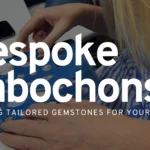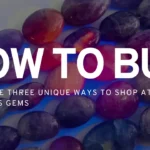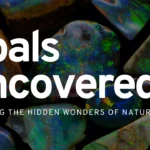Your basket is currently empty!
Pearls – Everything you need to know!
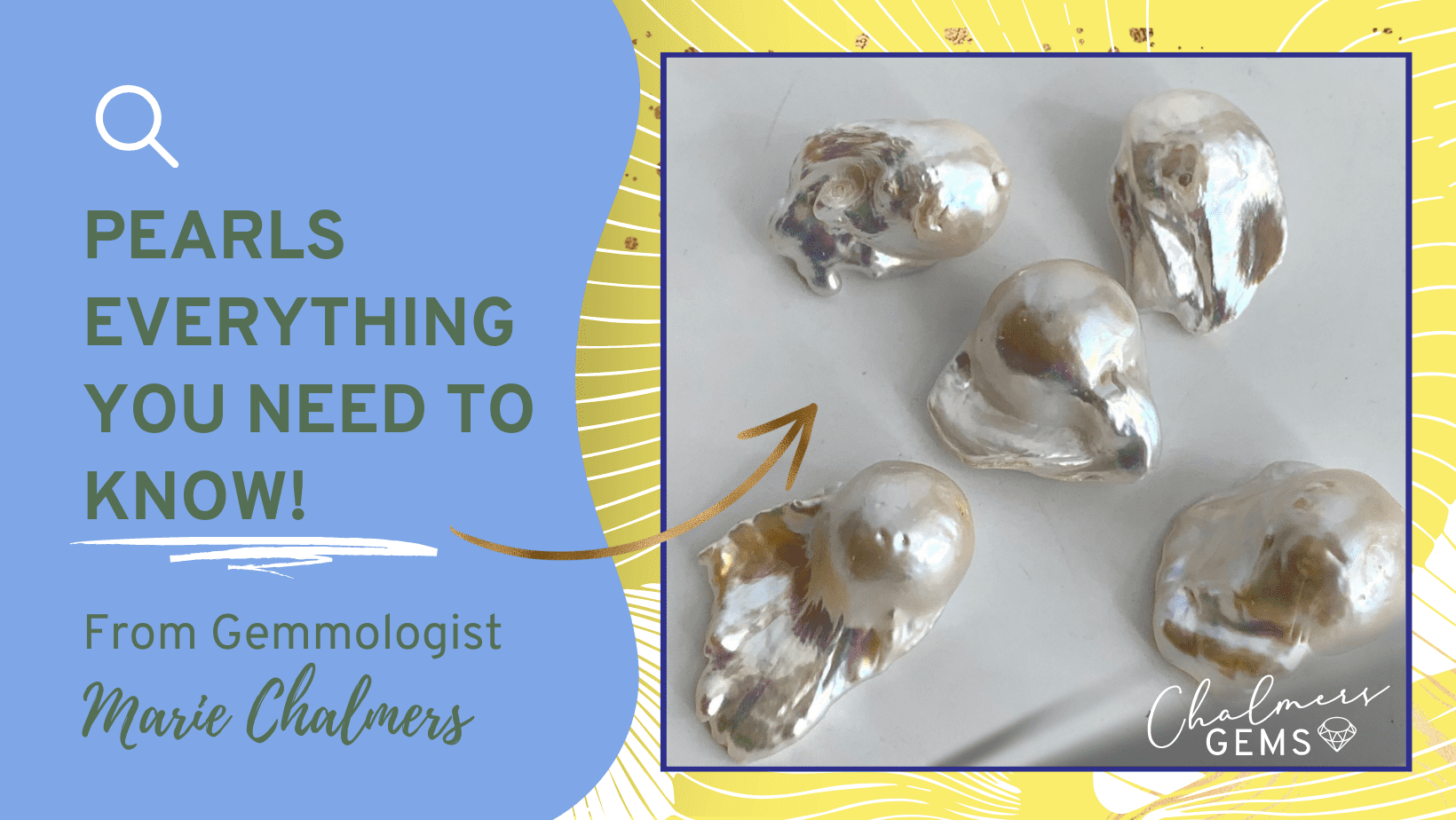
Sheena Gill and Marie Chalmers, Founders of Chalmers Gems, talk about all things Pearls!
Sheena:
Pearls are ubiquitous amongst the rich and famous, adorning Hollywood stars and starlets for decades and why not? They are, after all, the Queen of Gems. Icons such as Marilyn Monroe and Audrey Hepburn (that famous shot of her in Breakfast at Tiffany’s) have graced the big screen with their lavish and lustrous Pearl neck décor. Political Queens Jaqueline Kennedy and Michelle Obama rarely hit the ceremonial carpets without their pearl creations. Whilst real Queens have been lavishing us with regal Pearl attire for centuries, as far back as the Persian conquest in 5 BC!
The love of and fascination with Pearls seemed destined to reside with the upper echelons until Cultured Pearl farming exploded in the early 20th century in Japan with the crucial discovery by Mikimoto of implanting matter inside Pearl making molluscs and thus, a new culture was born – in more ways than one!
Marie:
My love affair with Pearls began on one of my many Gemstone forays into the heart of India. As a Diamond expert going about my sourcing, it was a rare day in India when someone did not mention Pearls – they somehow seem synonymous with Diamonds’ grandeur (quite correctly, in my view). In the province of Telangana, Hyderabad has been known as the City of Pearls for centuries, even though it is landlocked. This most phenomenal of places, under Nazim rule, became the centre for excellence in Pearl processing and trading, with vast quantities of these Gems passing through the city at a rate of knots from various sources, such as Ceylon and the Persian Gulf, with thousands upon thousands of people in this city, one way or another, involved in the Pearl trade, and so, it became the largest Pearl drilling centre in the world. Seeing a seed Pearl drilled by hand by one of these highly skilled craftspeople is truly astonishing.
However, whilst still an incredibly large Pearl processing and trading area, Hyderabad has passed its market-leading baton off to the Chinese, who are now the largest commercial Pearl producers in the world. Hyderabad still reigns as the mother to Diamonds as, at one point, it possessed the only known diamond mines in the world (Golkonda) & was home to the Koh-i-Noor diamond! Sorry, I digress; back to Pearls!
Are The Molluscs Well Cared For?
Before we were all besieged by travel restrictions, my most recent visit to a Pearl farm resulted in the most incredible first-hand insights into the farming of Cultured Pearls. My host, Zhang Wei, at his Freshwater Farm in Zhejiang, China (see the below picture), was supremely diligent in his quest to help me further understand these tiny miracles of nature, and I was just as keen to understand the process and bust some of the myths surrounding the cultivation of Pearls such as does the mollusc die once the Pearl is removed?
In many cases, sadly, they do, especially in Freshwater Farming; however, with Seawater molluscs, some survive as more care is taken in the extraction.
I have bought millions of £’s worth of Gemstones in my career, and it often surprised me when I was asked to source Pearls. I ask the simple question, what type of Pearls? It is evident that not many people know an awful lot about Pearls.
Are Pearls Real Gems?
The most common question asked is, “are Pearls real Gems”? Well, yes, they are; however, where stones form as minerals underground, Pearls are organic; they form within the soft tissues of a living creature, a mollusc. My trip took me waist-deep in these extraordinary if somewhat odd-looking creatures and I have never been happier!
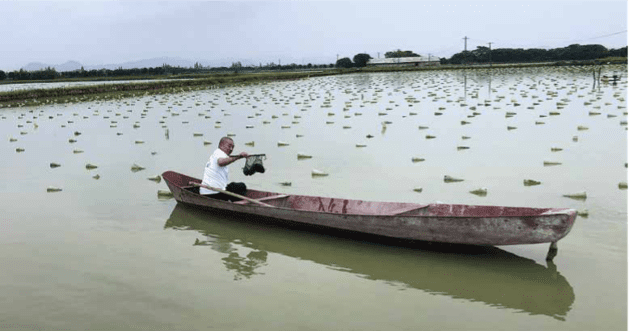
How Exactly Are Pearls Created?
These remarkable Gems are created by an irritant being present inside the shell of the mollusc. There are over 85,000 species of molluscs in the world, so when we talk about growing Pearls inside these creatures, we are referring to those with hard bi-valve shells, such as clams and oysters and mussels.
The mollusc will coat the irritation with nacre, better known as Mother of Pearl to you and me, and over many years, layers of nacre will grow, resulting in a beautiful Pearl.
Natural Or Cultured Pearls?
Then we come on to the next common question, what is the difference between natural and cultured Pearls? As Zhang Wei told me, “it is most simply described as Cultured Pearls are given a helping hand”.
The more complex answer is that a natural Pearl is created usually because a tiny parasite or organism has bore a hole into the shell of a mollusc and become an irritant to the delicate soft tissue inside. The mollusc deals with this irritation by coating the interloper with nacre, and the long layering process begins. As you can imagine, natural Pearls are very rare and extremely expensive (we are back to those ostentatious upper echelons again) as they are difficult to find and not farmed. Indeed, only 10 per cent of today’s Pearl market is for natural Pearls.
We mentioned Mikimoto earlier; his findings and subsequent invention brought us mass-produced cultured Pearls. His discovery was the creation of round Pearls in mantle tissue. What tissue?!
A mantle is a living membrane inside the soft tissue of a mollusc whose job is to filter water and nutrients. This plays a hugely important part when culturing a Pearl. Farmers will add a small piece of mantle from one mollusc into the new host mollusc. Along with the mantle, a tiny bead or other object is also placed inside the soft tissue of the mollusc, which then triggers the nucleation process – which is essentially a jump start to the nacre-producing stage. Zhang Wei showed me how to do this, and I spoke with Zhang Wei a lot about farming practices and the treatment of the molluscs. He assured me that the farmers go to great pains to ensure the well-being and longevity of their farm beds and these curious, Gem-producing little wonders. Generally, the longer the Pearl is left to grow, the thicker the nacre and the higher the lustre (surface reflection), so the mollusc’s healthy and long survival is in their very best interest.
We have all seen those wonderful, romantic pictures of a single, huge white Pearl sitting on a soft bed within the shell of an oyster, but in truth, each of these molluscs can produce up to 40 Pearls in one shell, which even as a Gemmologist and expert in all things Gemmy, I was totally floored by. I had been drawn in by those romanticised images.
In reality, the Pearl farmer has no idea what his harvest will bring and factors out of his control might destroy his harvests, such as natural disasters and Gemmologists trampling around his mollusc beds.
How Are Pearls Harvested?
Once harvesting time is upon the farmers, the molluscs are hauled in with nets, opened up, and the Pearls are revealed to them for the very first time. The farmers are finely tuned to the commercial grades of Pearls, such as sheen, glaze, shape, size, lustre and uniformity, so a large number of Pearls may be rejected at this stage due to just not cutting the mustard. Of course, colour (which is determined by the shell colour) is an important factor, too and reflects upon the commercial value.
The Pearls are then all cleaned and polished in a barrel with fine sawdust-like material, a generational tradition, and sorted into their many different categories such as shape, colour and lustre.

At this point, the farmer’s job is done. I say goodbye to Zhang Wei, and the pearls wing their way off to be drilled, where each pearl is drilled dependent upon its individual merits. For example, if the pearl has a small blemish on the surface, then this may be where they place the drill hole to make a half-drilled pearl. It is a skill unto itself. Once drilled – half-drilled Pearls will be matched for earrings and full-drilled pearls will be carefully strung, ready to be made into necklaces and bracelets along with other pearls with the same merits.
Then they go to market for sale, where, as buyers, we all need to ensure we are buying authentic pearls and avoiding the mass flood of fake, cheap imports. My advice? Buy only from reputable sources where you are guaranteed authenticity from the source. At Chalmers Gems, I head up a Gem-buying team who carefully assesses the merits of our suppliers and pearls and selects the best strands at the best value.
We have an ENTIRE Pearl Category here at Chalmers Gems, so shop knowing that all of our products come with a 100% Authenticity Guarantee and they are perfect for every #JewelleryMaker! Shop HERE.
What to learn more about Gemstone? Sign up for our regular emails HERE.

